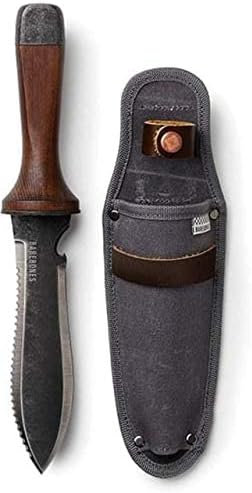
Today was a big day for multi-flora rose removal in the most difficult area of the property. Tackling the area behind the berm, I freed several wonderful trees that had been covered by rose. This opened the area to the river and put us a huge step forward on this work.
I was concerned about the grass along the river, which I apparently incorrectly assumed was Reed Canary Grass. But it identified on 3 apps as Rice Cutgrass. If this is the case, we are golden! As usual, will confirm once seeds appear.
I’ve also sown Native Fowl Manna Grass in that area for diversity. We will let the 2 large Honeysuckle remain, while the native trees recuperate, then bind and let them go their way.
The first good news was to see the Lilly of the Valley finally fading away…

Today’s work:
Before

Progressive Pics:





Final! (Same area as photo 1 and progressive.)



and now on to burning, and then expanding the rose removal before addressing the invasive groundcover; seedling Privet, Common Buckthorn and Honeysuckle, and planting. Milkweed plugs arrive this week, just in time for the newly cleared area. It will do well with a mix of Swamp Milkweed, Whorled Milkweed and Common Milkweed.

I received excellent information from the grower:
For Habitat Restoration: Plants should be placed about 12″ apart from one another in clusters of 3-5 plants, 10-13 clusters per acre. Planting all of the milkweeds in one place is not recommended, because disease and parasites can spread rapidly. Place other nectar-producing plants among the milkweed plants.
A lovely Cup Plant








